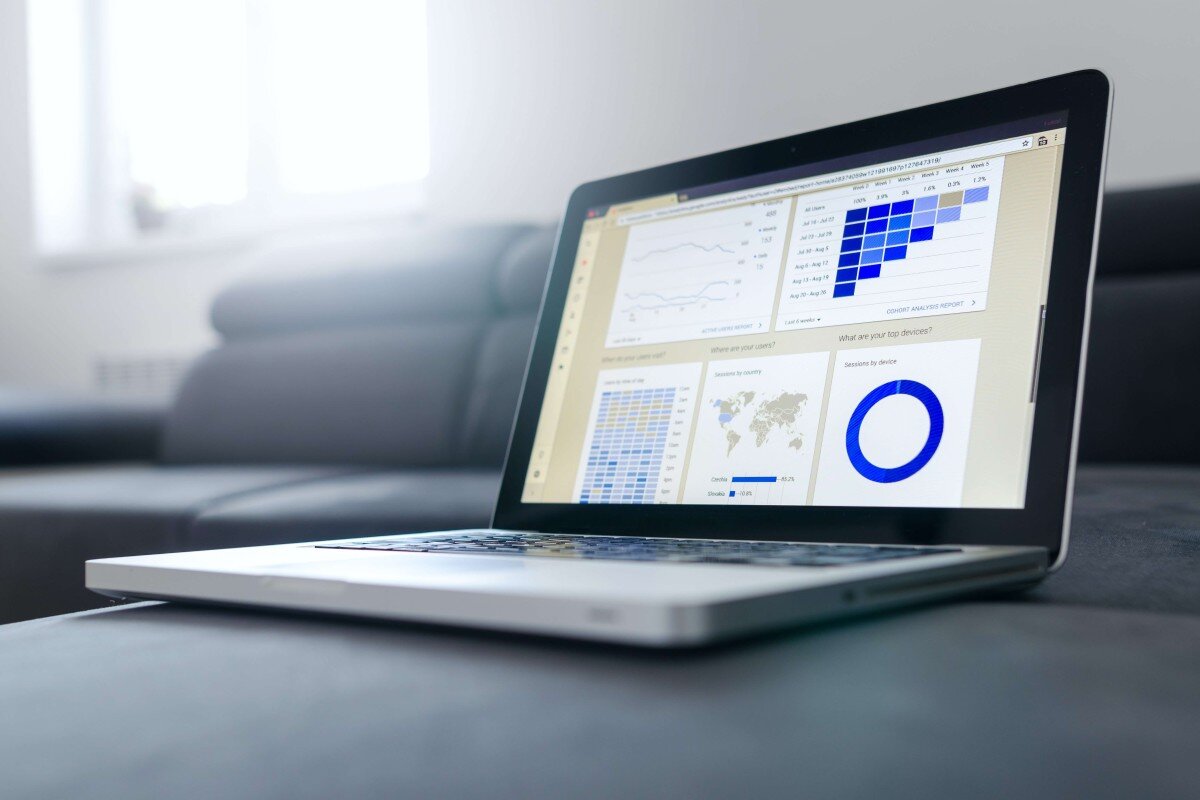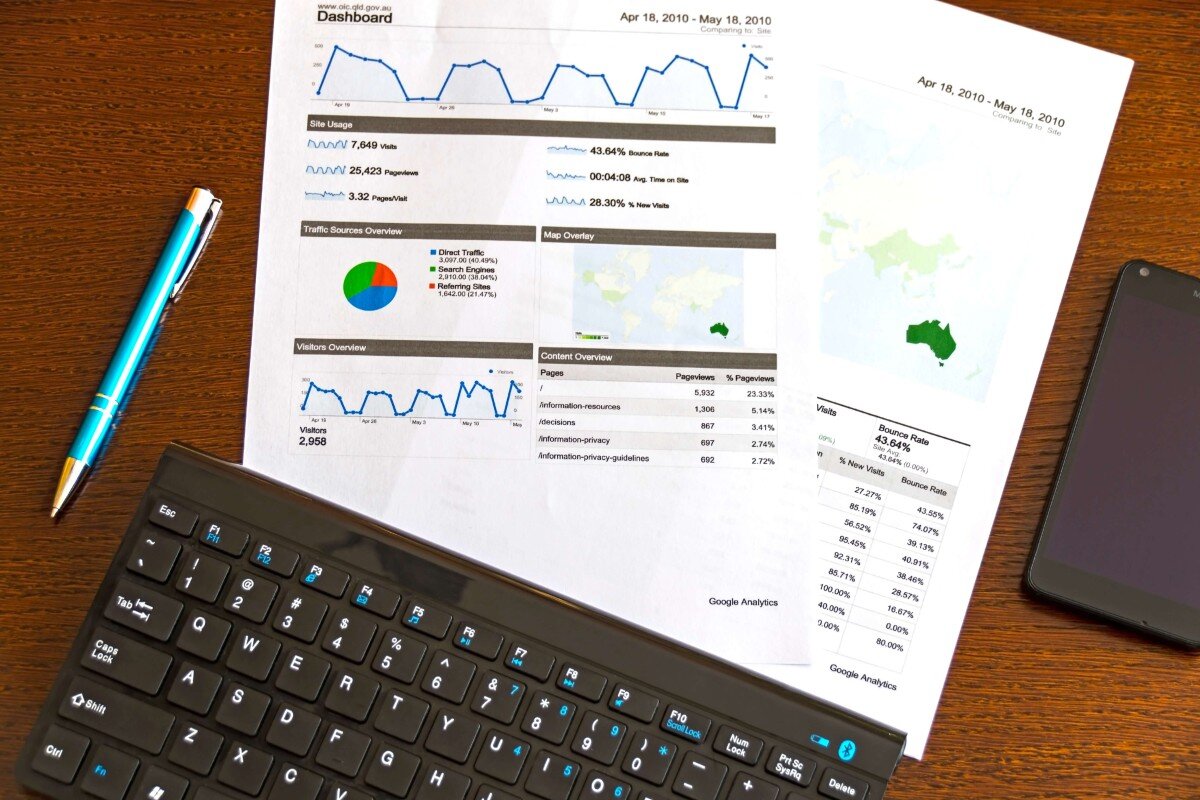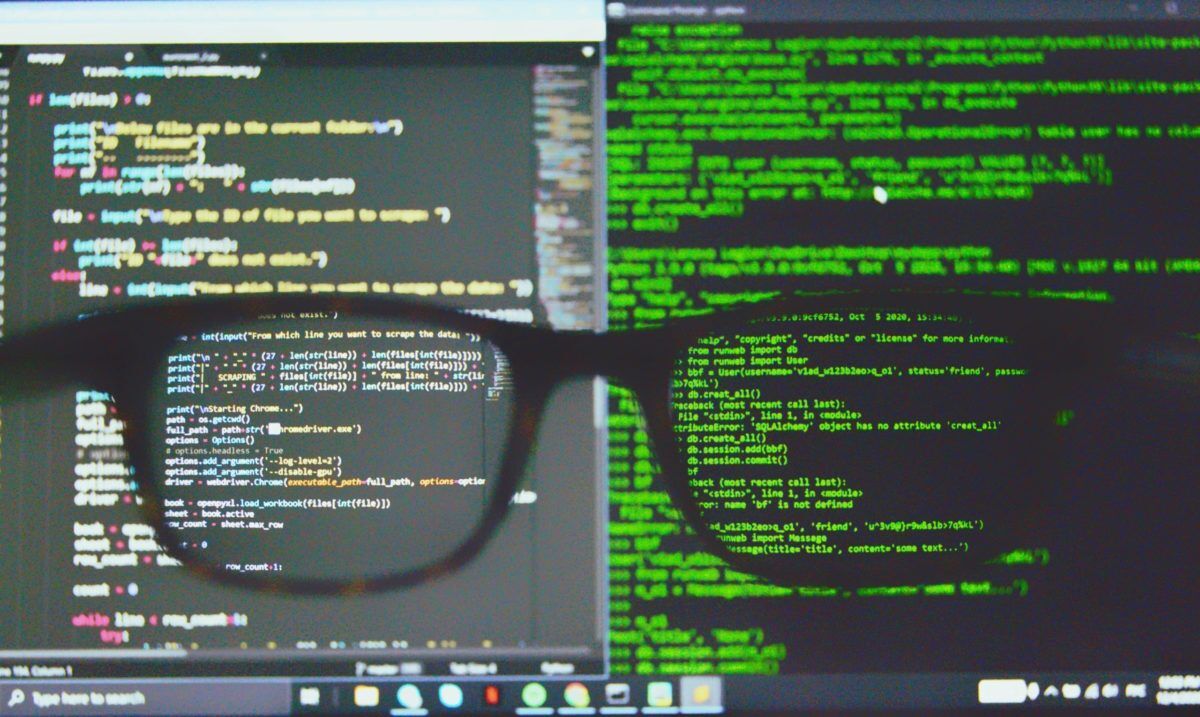Data analytics is a discipline under the umbrella of data science, which focuses on analyzing raw data. By doing so, data analysts are able to discover trends and metrics and eventually make conclusions about that information.
The information and findings can then be utilized to increase the overall efficiency of a business or system.
However, there’s still a lot that goes on in between the lines. To really understand what is data analytics, let’s dive into the types of data analytics, why it is important, and how big data has impacted it as of late.
Understanding Data Analytics

Data analytics is a broad term that comprises several diverse types of data analysis. Ultimately, data analytics professionals exist at the crossing of information technology, statistics, and business. Data analysts combine these fields in order to help businesses and organizations optimize their performance with the goal to succeed. The primary purpose of a data analyst is to increase efficiency and improve performance by discovering patterns in data.
As a term, data analytics generally applies to a combination of applications, from Basic Business Intelligence (BI), reporting, and Online Analytical Processing (OLAP) to other functions of advanced analytics.
Data can be separated into quantitative data and qualitative data. Quantitative data analysis entails the analysis of numerical data with quantifiable variables. These variables can be analyzed or calculated statistically. The qualitative method is more interpretive—it focuses on understanding non-numerical data content such as text, pictures, audio, and video recordings, common phrases, and descriptions to understand opinions or experiences.
Types of Data Analytics

Data analytics techniques can acknowledge trends and metrics that would otherwise be missed in a pile of information. Data analytics is broken down into four categories:
- Descriptive analytics describes what has happened in a business over a given time. It summarizes data in a meaningful way, based on the incoming data, to come up with a description based on that information.
- Diagnostic analytics focuses more on why something occurred and provides a more in-depth analysis. It is a form of advanced analytics characterized by techniques such as drill-down, data discovery, data mining, and correlations.
- Predictive analytics focuses on predicting what will happen in the near term by taking in historical data. This form of analytics uses data, statistical algorithms, and machine learning techniques to identify the likelihood of future outcomes based on historical data.
- Prescriptive analytics estimates outcomes and suggests what should be done next by analyzing past decisions and events. This type of analytics talks about an analysis based on rules and recommendations in order to prescribe a particular analytical path for the organization.
Why Data Analytics Matters

Data analytics is important because it helps optimize performance and can significantly affect the ultimate outcome. It can be used to find trends, predict outcomes, assess risks, make informed decisions effectively and analyze human behavior.
When it comes to helping businesses, the implementation of data analytics can reduce costs by identifying more efficient ways of doing business. A company can also use data analytics to analyze customer trends and satisfaction, leading to new—and better—products and services.
On a bigger scale, data analytics can provide critical information for healthcare, crime prevention, and environmental protection—via applications such as machine learning—to improve our world. Other sectors that have adopted the use of data analytics include the travel and hospitality industry, financial industry, and the retail industry, among others. For instance, in the financial sector, data analytics is used to detect and prevent fraud, optimize process flow, and offer personalized services to clients.
✅ Request information on BAU's programs TODAY!
How has big data impacted data analytics?

Data analytics is a vast field, and thus, the possibilities are immense. With data being captured through products, video cameras, credit cards, there’s an overwhelming amount of information.
Consequently, the digital world led to the development of big data, which changed analytics since data warehouses could not handle data of massive volume, variety, and velocity. As the size of organizational data grows, the term data analytics is progressing to favor big data-capable systems.
On the bright side, using and understanding big data serves as a crucial competitive advantage for businesses since it can present new growth opportunities, services, and products.
As you can see, data analytics is a promising and ever-evolving field. If you are someone looking to get into a compelling career, our Master of Science in Big Data Analytics program can be your next step to stand out on the data analytics job market.










